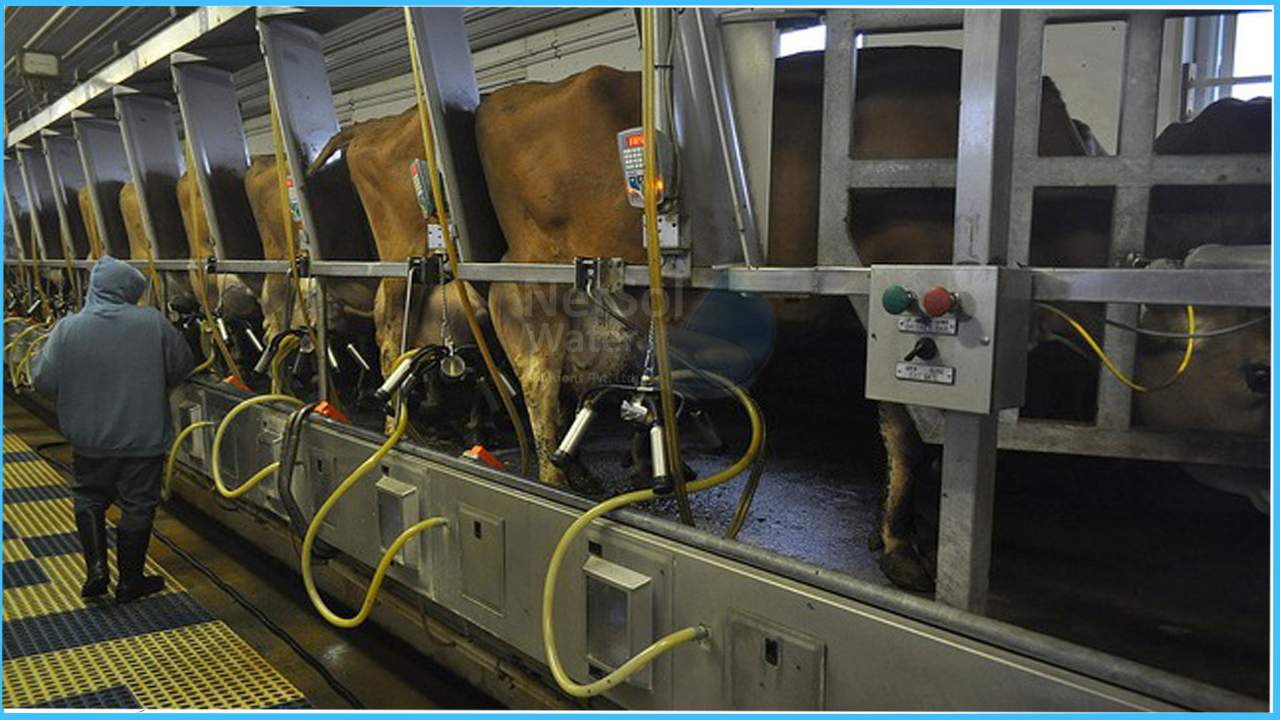How is RO used in milk concentration?
RO refers to a pressure controlled membrane separation technique that uses the membrane to separate the various components in a fluid mixture. Reverse osmosis membranes have a pore size of less than 0.001 microns. The separation occurs based on the size of the molecules and the chemical interactions between the membrane and the liquid components in contact with the membrane. This process uses pressure to force water molecules through the membrane pores while retaining colloidal solids and salts. Typical working pressures range from 450,600 psi. The quality of permeate from reverse osmosis plants depends on the quality and composition of the feed and the concentration.
The higher the TS, the higher the proportion of components in the permeate. Typically, reverse osmosis permeations contain small (but measurable) amounts of organic solids. Process performance is strongly influenced by operational parameters such as feed rate, pressure, temperature, and pH, microbiological quality of feed stream, feed concentration and membrane fouling properties for various components. Reverse osmosis, which prevents the phase changes that occur during evaporation, maintains the function of proteins and the product does not have a cooking taste.
Types of Milk Products
- 1. Whole milk
Whole milk can be concentrated from ROto 2530% of total solids (TS) by reverse osmosis (RO). This corresponds to a volume concentration factor (VCF) of 22.5 times. The processing temperature for whole milk is typically ~45°F. The system is designed and managed appropriately to maintain the integrity of the fat molecules. It prevents rancidity caused by broken or broken fat molecules.
- 2. Skimmed Milk
Cold Reverse Osmosis (RO) Buttermilk concentration is widely used as an efficient and cost-effective way to increase the capacity of skimmed milk evaporation plants. MSS experience with chilled milk has shown that it is technically possible to concentrate cold (45°F) raw milk without spoiling the fat, excessive fouling, or rancidity. Due to the cold RO setting compared to existing HTST/separators, there is no need to revise the equipment which exists. By adding cold whole milk RO, the system capacity can be increased by up to 25% without increasing the capacity of the separator or pasteurizer. Although the RO cost of cold whole milk is slightly higher than that of warm skimmed milk, the savings achieved by not increasing the pasteurizer and not increasing the separation capacity result in a total investment of less. In general, membranes operating at lower temperatures at lower concentrations last longer. ColdReverse Osmosis Permeate can be used effectively for pre-cooling creams or other energy efficient applications.
- 3. Whey
Pre-concentration of sweet whey prior to evaporation allows for a more energy efficient removal of water with less solids and greater capacity than existing evaporators. Reverse osmosis membranes are used to remove water and do not change the relative composition of the sweet whey components. The permeate quality of reverse osmosis plants depends on the quality and composition of the feed and the concentration.



